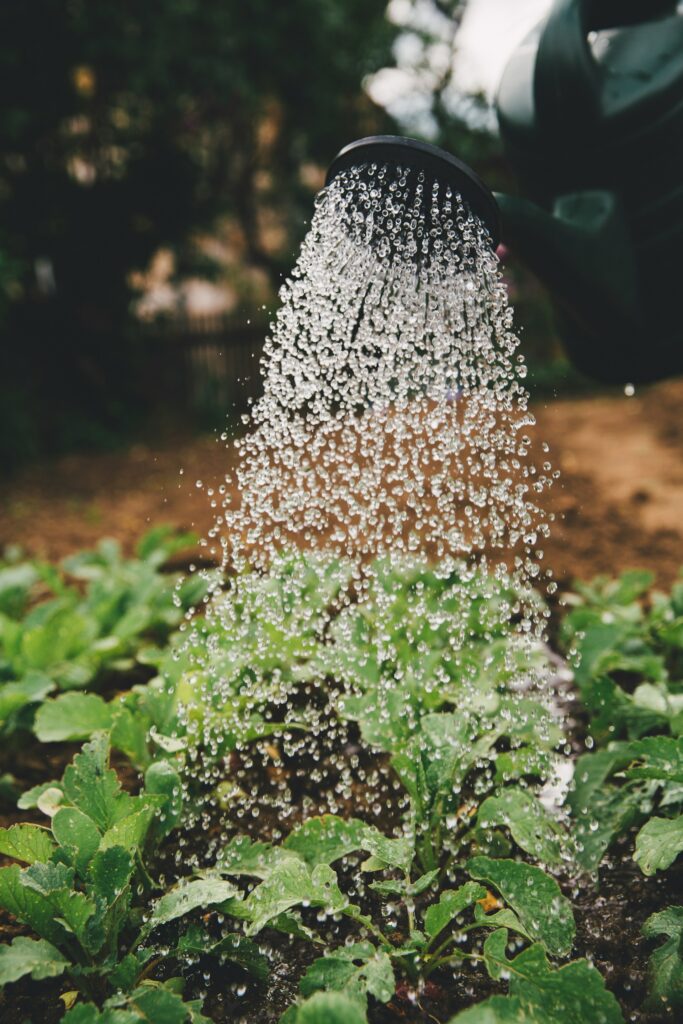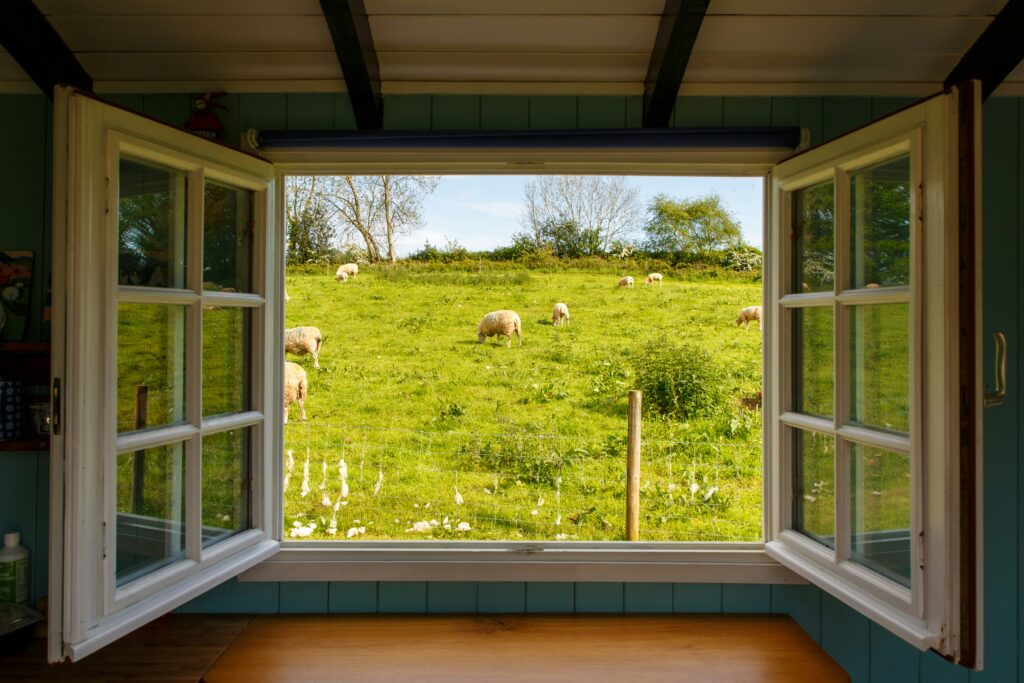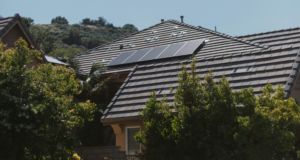10 Genius Eco Home Hacks to Save the Planet and Your Wallet
Are you looking to make your home more eco-friendly while saving some cash? Look no further! This article has compiled ten genius eco-home hacks to help save the planet and your wallet. Whether you’re a passionate environmentalist or just interested in cutting down on your utility bills, these hacks are perfect for anyone looking to make a positive impact.

We’ve covered you, from simple changes like switching to LED light bulbs and installing a programmable thermostat to more advanced DIY projects like building your rainwater harvesting system. These hacks are practical and beneficial for the environment and can add value to your home.
With energy costs on the rise and climate change becoming an increasingly urgent issue, it’s crucial for each of us to adopt sustainable practices in our daily lives. By implementing these genius eco-home hacks, you’re making your home more eco-friendly and taking a significant step towards a greener future. And the best part? You’re keeping more money in your pocket. Join us as we explore these creative and effective ways to make a difference.
Reducing Energy Consumption
Water Conservation Tips
Water scarcity is a growing concern in many parts of the world. By implementing these water conservation hacks, you can minimize your water usage and contribute to preserving this precious resource.

- Install Low-Flow Fixtures
Installing low-flow faucets, showerheads, and toilets significantly reduces water consumption and your water bill. These fixtures are designed to maintain adequate water pressure while using less water. By making this simple switch, you can save water and [reduce your monthly water expenses].
2. Collect and Reuse Rainwater
Instead of solely relying on municipal water sources for your outdoor watering needs, consider the environmental benefits of collecting rainwater. By installing a rain barrel or a more complex rainwater harvesting system, you can collect and store rainwater for later use. This not only reduces your reliance on treated water but also plays a crucial role in preventing stormwater runoff, a major contributor to water pollution. It’s a small step that can make a big difference.
3. Fix Leaks and Dripping Faucets
Leaky faucets and pipes can save a significant amount of water over time. Make it a habit to check for and fix any leaks in your home regularly. A simple fix like replacing a worn-out washer can save gallons of water each day, [making you a proactive contributor to water conservation].
Waste Reduction and Recycling Hacks
Reducing waste and recycling are crucial steps towards a more sustainable future. These hacks will help you minimize waste production and ensure that the materials you dispose of are correctly recycled.
- Practice the 3 R’s: Reduce, Reuse, Recycle
The mantra “Reduce, Reuse, Recycle” is a fundamental principle of waste management. Start by reducing your consumption of single-use items and opting for reusable alternatives. Reuse items whenever possible, and recycle them properly when it’s time to dispose of something. Familiarize yourself with your local recycling guidelines to ensure you’re recycling correctly.
2. Compost Your Food Waste
Food waste significantly contributes to landfill waste and produces harmful greenhouse gases when decomposing. Instead of throwing your food scraps in the trash, start composting. Composting not only reduces waste but also produces nutrient-rich soil for your garden.
3. Embrace a Minimalist Lifestyle
Living a minimalist lifestyle can significantly reduce waste and consumption. By decluttering and owning what you truly need, you can avoid unnecessary purchases and minimize waste generation. Consider donating or selling items you no longer use rather than throwing them away.
Sustainable Transportation Options
Transportation is a significant source of carbon emissions. By adopting sustainable transportation options, you can reduce your carbon footprint and contribute to cleaner air.

- Use Public Transportation, Walk, or Bike
Opt for public transportation, walking, or biking instead of driving whenever possible. These options not only reduce carbon emissions but also promote a healthier lifestyle. If you live in an area with limited public transportation, consider carpooling or joining a rideshare program to reduce the number of vehicles on the road.
2. Invest in Electric or Hybrid Vehicles
If you’re in the market for a new car, consider investing in an electric or hybrid vehicle. These vehicles produce fewer emissions and are more fuel-efficient than traditional gasoline-powered cars. Additionally, many regions offer incentives such as tax credits or rebates for purchasing electric or hybrid vehicles.
3. Plan Errands Efficiently
When running errands, plan your route efficiently to minimize driving distances. Consolidate multiple errands into one trip to reduce the number of miles driven. Additionally, rush hour traffic should be avoided to reduce idling time and fuel consumption.
Eco-Friendly Cleaning Solutions
Traditional cleaning products often contain harsh chemicals that can harm the environment and your health. By choosing to switch to eco-friendly cleaning solutions, you are not only maintaining a clean home but also actively reducing your environmental impact, making a significant difference in preserving our planet’s health.
- Make Your Cleaning Products
Many household cleaning tasks can be accomplished using simple ingredients like vinegar, baking soda, and lemon juice. These natural ingredients are not only effective but also safe alternatives to commercial cleaning products, ensuring the well-being of your family and the environment.
2. Choose Environmentally Friendly Brands
If making your own cleaning products is not feasible, it’s crucial to opt for environmentally friendly brands that prioritize sustainability and use non-toxic ingredients. By actively looking for certifications such as ‘Green Seal’ or ‘EcoLogo’, you are ensuring that the products you choose meet rigorous environmental standards, making you a knowledgeable and confident consumer.
3. Use Microfiber Cloths
Microfiber cloths are highly effective at cleaning surfaces without harsh chemicals. They can easily remove dirt, dust, and bacteria with just water, making them a versatile and cost-effective cleaning tool. Additionally, microfiber cloths are reusable and can be washed and used multiple times, reducing waste from disposable cleaning wipes and saving you money in the long run.
Indoor Air Quality Improvement Techniques
Indoor air pollution can have a significant impact on your health and well-being. By implementing these techniques, you can improve the air quality in your home and create a healthier living environment.

1. Increase Ventilation
Proper Ventilation is essential for maintaining good indoor air quality. Open windows whenever possible to allow fresh air to circulate. Installing exhaust fans in bathrooms and kitchens can also help remove pollutants and excess moisture from the air.
2. Use Natural Air Purifiers
Certain plants, such as snake plants and peace lilies, can act as natural air purifiers by absorbing harmful chemicals and releasing oxygen. Adding these plants to your home not only improves air quality but also adds a touch of greenery to your living space.
3. Avoid Synthetic Fragrances
Many synthetic fragrances found in air fresheners, candles, and cleaning products can release harmful volatile organic compounds (VOCs) into the air. Opt for fragrance-free or naturally scented alternatives to reduce your exposure to these pollutants.
Growing Your Own Food
Growing your food is not only rewarding but also promotes sustainability and reduces your reliance on heavily packaged and transported produce.

1. Start a Vegetable or Herb Garden
Whether you have a backyard or a small balcony, you can start a vegetable or herb garden. Growing your food allows you to control the use of pesticides and reduces the carbon footprint associated with transportation. Homegrown produce often tastes better and is more nutritious than store-bought alternatives.
2. Compost for Nutrient-Rich Soil
Composting not only reduces waste but also produces nutrient-rich soil for your garden. Use your food scraps, yard waste, and coffee grounds to create a compost pile or bin. The resulting compost can nourish your plants, reducing the need for synthetic fertilizers.
3. Preserve Excess Produce
When you have an abundance of fresh produce, consider preserving it for later use. Techniques such as canning, freezing, and drying can help extend the shelf life of your homegrown fruits and vegetables, reducing food waste.
Buying Sustainable and Ethically Sourced Products
Supporting sustainable and ethically sourced products is another way to contribute to a greener future and promote responsible consumption.
- Choose Energy-Efficient Appliances When purchasing new appliances, look for energy-efficient models certified by organizations such as Energy Star. These appliances are designed to use less energy, reducing your carbon footprint and saving you money on utility bills.
- Opt for Second-Hand Items Instead of buying new ones, consider purchasing second-hand items whenever possible. Thrift stores, online marketplaces like eBay or Etsy for vintage goods, and garage sales are great places to find gently used furniture, clothing, and home goods. Buying second-hand reduces the demand for new products, reducing resource extraction and manufacturing emissions.
- Support Sustainable Brands Do your research and support brands that prioritize sustainability and ethical practices. When purchasing clothing, furniture, or paper products, look for certifications such as Fair Trade, Organic, or Forest Stewardship Council (FSC). These certifications ensure the products are produced using environmentally and socially conscious methods.
Conclusion: Embracing an Eco-Friendly Lifestyle
In conclusion, making your home more eco-friendly doesn’t have to be complicated or expensive. By implementing these genius eco-home hacks, you can significantly reduce your environmental impact and save money. Every small change can make a big difference, from reducing energy consumption and conserving water to embracing sustainable transportation options and eco-friendly cleaning solutions. By adopting an eco-friendly lifestyle, you’ll contribute to a greener future for generations while reaping the benefits of a healthier wallet. So why wait? Start implementing these hacks today and become a part of the solution! Don’t forget to explore more tips in our related posts: “A Guide to Sustainable Living at Home and in the Garden“, “10 Simple and Cost-Effective Home Energy Saving Tips You Can Implement Today“,

